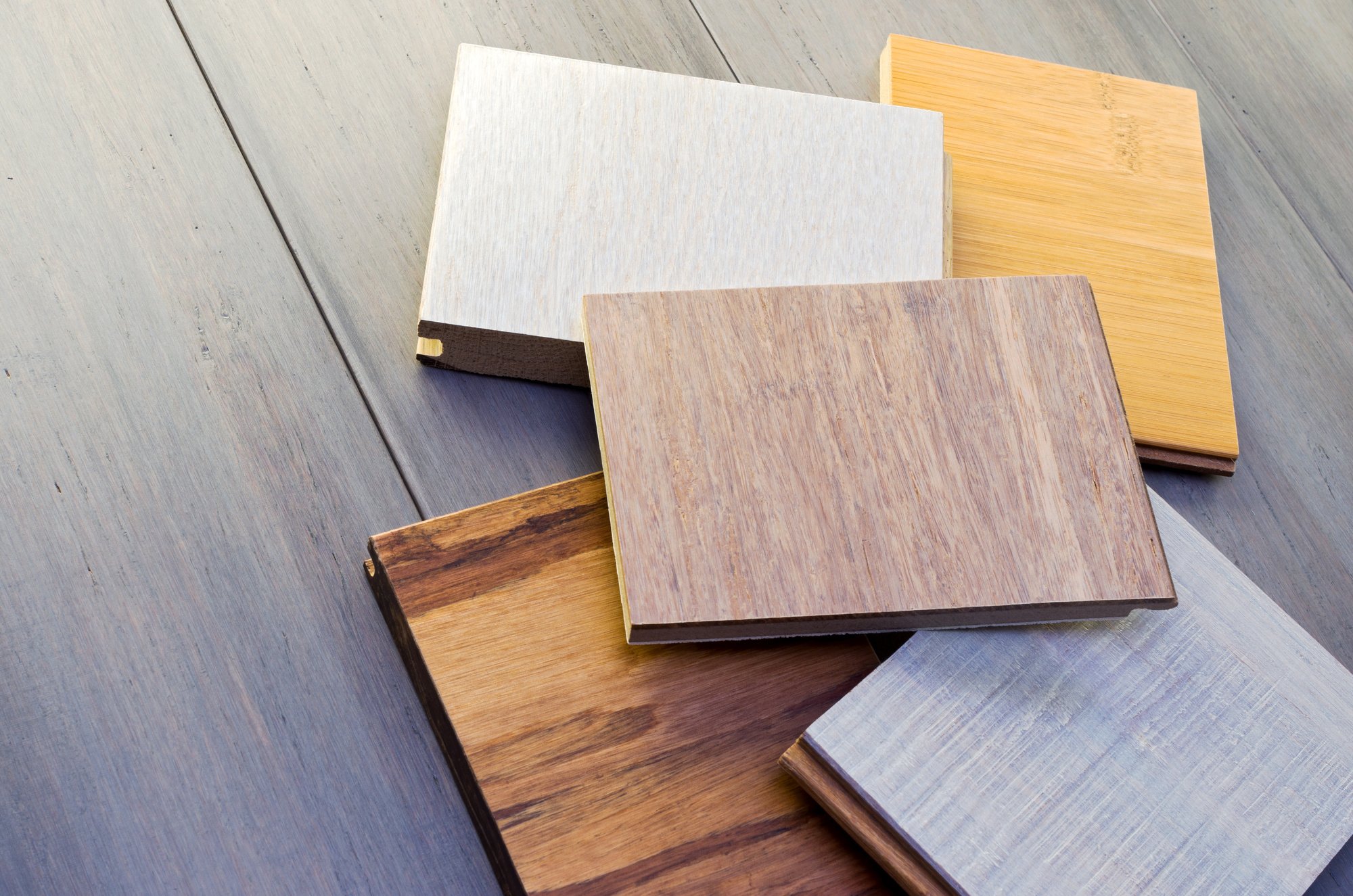Sustainability Underfoot: Flooring Options That Are Good for the Planet
As the demand for environmentally conscious design continues to rise, architects and other design professionals are increasingly asked to integrate sustainable materials into their projects. Flooring, often overlooked in sustainability discussions, plays a significant role in the ecological impact of both residential and commercial spaces. This guide offers an in-depth overview of sustainable flooring solutions, emphasizing their environmental benefits, durability, and versatility in design.
The basics of sustainable flooring
Sustainable flooring options:
Laminate flooring
Bamboo flooring
Cork flooring
Reclaimed wood flooring
Recycled metal tiles
Natural fiber carpets
Natural stone flooring
Photo by AdobeStock
The Basics Of Sustainable Flooring
Sustainable flooring is about more than just using eco-friendly materials—it encompasses a holistic approach to design, considering factors such as production processes, product lifecycle, and end-of-life recyclability.
Long-lasting flooring solutions are a key element in reducing environmental impact. Materials that endure for decades help minimize the need for frequent replacements, reducing the consumption of resources over time. Additionally, considering the recyclability or biodegradability of flooring materials at the end of their lifecycle ensures a more sustainable outcome.
For architects and designers, sustainable flooring represents an opportunity to create spaces that reflect a commitment to environmental stewardship without compromising on aesthetics or functionality.
Sustainable Flooring Options for Design Professionals
Laminate Flooring
Laminate flooring is a popular sustainable option due to its aesthetic versatility and lower environmental impact. Constructed from layers of high-density fiberboard (HDF) and finished with photographic imprints of natural materials, laminate offers the look of wood or stone with a smaller carbon footprint. By using post-industrial recycled wood in its production, laminate is a resource-efficient choice for projects where sustainability is a priority.
Bamboo Flooring
Bamboo is one of the most renewable flooring materials available. With a rapid growth cycle—some species mature in as little as seven years—it is an excellent alternative to hardwood. Bamboo is harvested without harming the plant, and the material itself is durable, offering the aesthetics of hardwood with a fraction of the environmental impact.
Bamboo’s environmental benefits are particularly evident in commercial and high-traffic residential projects, where durability and sustainability are essential. Its ability to decompose at the end of its life cycle further solidifies its place as an eco-friendly flooring option.
Cork Flooring
Cork, harvested from the bark of the cork oak tree, is an exceptional renewable resource. Its harvest does not require tree felling, as the bark regenerates within nine to twelve years. Cork flooring provides excellent natural insulation, contributing to energy efficiency by reducing heating and cooling demands. Its soft, cushioned surface also provides comfort, making it an ideal choice for spaces that prioritize acoustic performance and occupant well-being.
Reclaimed Wood Flooring
Reclaimed wood, salvaged from old buildings, barns, and factories, is a sustainable option that allows designers to incorporate the timeless beauty of hardwood while minimizing the need for new materials. The process of reclaiming wood typically involves less energy than manufacturing new hardwood, which reduces both resource consumption and carbon emissions. Reclaimed wood adds unique character to any project, offering rich textures and a sense of history that cannot be replicated.
Recycled Metal Tiles
While not a traditional choice, recycled metal tiles are gaining traction in contemporary design. Made from post-consumer metal waste, these tiles are both sustainable and highly durable, making them a suitable option for industrial or modern design projects. Their ability to withstand wear and tear while offering a distinctive aesthetic makes them a compelling option for spaces that demand both sustainability and innovation. Additionally, recycled metal tiles can be continuously recycled at the end of their lifecycle, reinforcing their status as a sustainable material.
Natural Fiber Carpets
Natural fiber carpets, made from materials like wool, jute, or seagrass, offer a sustainable alternative to synthetic carpets. These carpets are biodegradable, renewable, and free from harmful chemicals, which makes them a healthier option for both the environment and the occupants of the space.
With a variety of textures and natural colors, natural fiber carpets can be used in commercial and residential designs, particularly in spaces where comfort and sustainability are priorities. Their eco-friendly credentials make them a smart choice for projects aiming for green building certifications such as LEED (Leadership in Energy and Environmental Design).
Natural Stone
Natural stone, such as slate, granite, and marble, is an enduring material that requires minimal processing, which helps reduce its carbon footprint. The inherent durability of stone ensures it will last for decades without needing replacement, making it an excellent choice for sustainable design.
For projects aiming for timeless elegance and resilience, natural stone offers both beauty and sustainability. Additionally, stone can often be repurposed or recycled at the end of its use.
Photo from Stone Center
Integrating Sustainability into Design Practice
For architects and design professionals, selecting sustainable flooring solutions is an opportunity to create spaces that reflect a commitment to both environmental responsibility and innovative design. By choosing materials that prioritize longevity, recyclability, and minimal environmental impact, you can help reduce the ecological footprint of your projects.
Whether you're specifying bamboo for a residential project, reclaimed wood for an adaptive reuse design, or recycled metal tiles for a modern commercial space, sustainable flooring is an integral component of forward-thinking design.
By thoughtfully selecting flooring options that support environmental stewardship, design professionals can contribute to a more sustainable built environment and help clients align their projects with their values.
Author: CADdetails
Cover image by Pipcke on Unsplash







